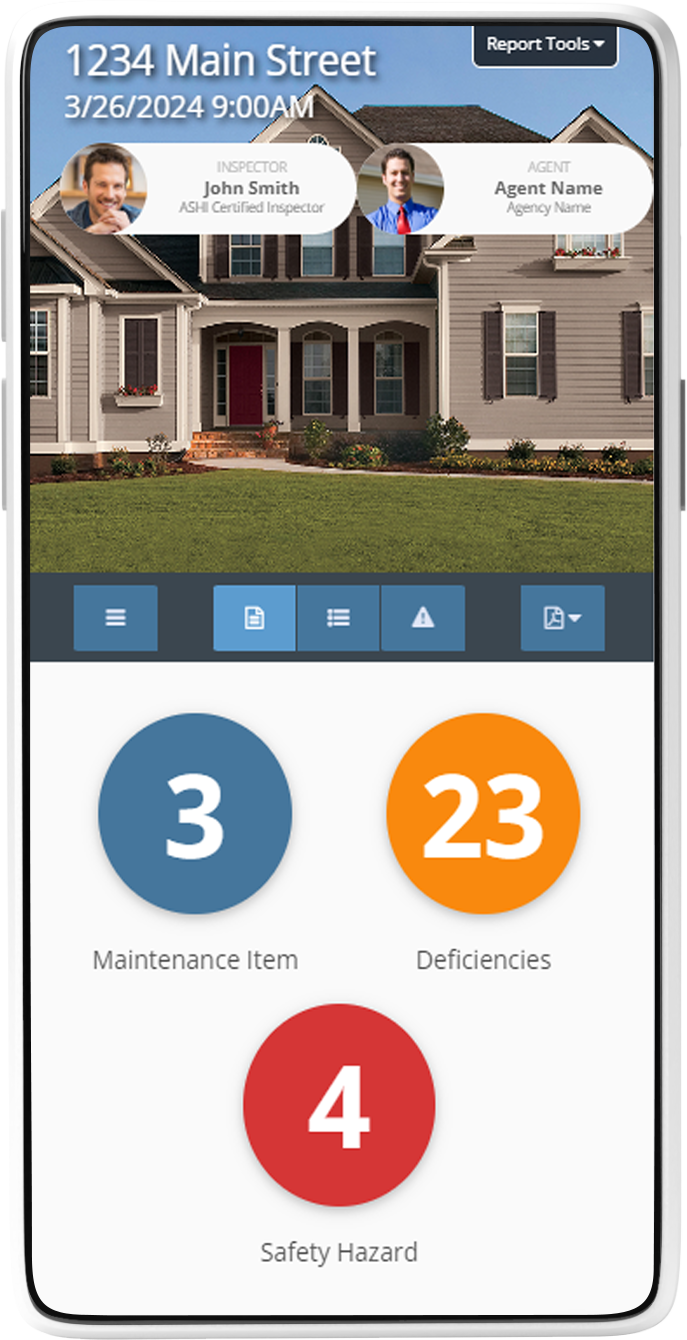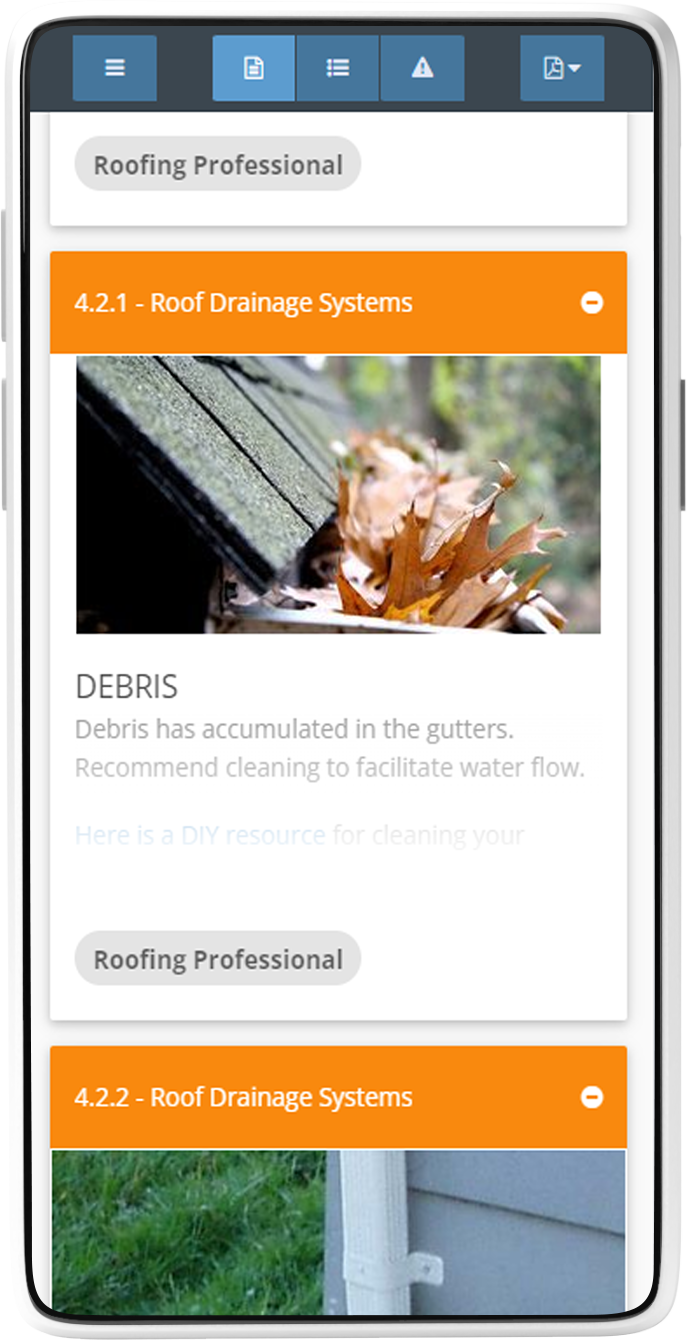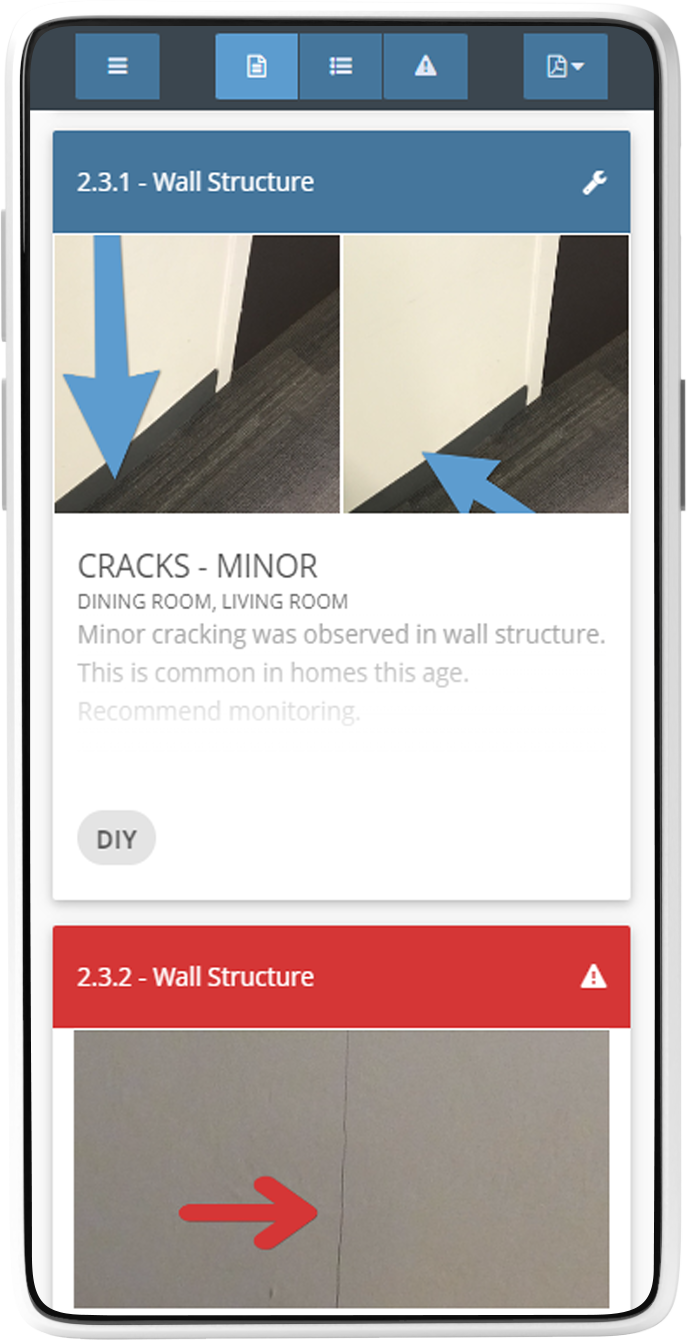wind mitigation & 4 point inspections

Your Partner in Quick, Accurate Reports for Florida Insurance
” We’re not just conducting four-point and wind mitigation inspections—we’re ensuring families like yours have a secure, resilient home to weather the future. Our mission goes beyond ticking off checklists; it’s about partnering with you to confirm your home is safeguarded with the highest standards of durability, safety, and integrity. We’re here to guide you through every step, providing the confidence that your investment is fortified against life’s uncertainties, protecting your family for years to come. Together, we’ll make sure your home is more than just a structure—it’s a haven where memories are cherished and futures are protected.”
-Howard Burch CMI

protect your home and save on insurance
Whether you’re purchasing a home or already a homeowner in Orlando, a home inspection is essential to safeguard your property. Home inspections can aid in negotiations and insurance processes, ensuring you understand the critical home systems and conditions. In Florida, where severe weather is a constant threat, insurance carriers require both wind mitigation and four-point inspections to establish new policies or renew existing ones. While a four-point inspection might be required for renewal or when shopping for insurance, a wind mitigation report can help lower your home insurance premiums, sometimes dramatically. Consulting an insurance agent can also help you identify potential discounts on home insurance premiums. Many homeowners find they need both inspections to ensure their homes meet the insurance company’s requirements.
Wind Mitigation Reports
A Wind Mitigation Report assesses your home’s features designed to withstand high winds, such as roof construction, window protection, and structural reinforcements. It can help reduce insurance premiums by identifying wind-resistant elements.
4 Point Inspections
A 4 Point Inspection evaluates the four major systems of a home: electrical, plumbing, HVAC, and roofing. Required by insurance providers for older homes, this inspection ensures these key systems are in safe, insurable condition.
Bundled Pricing Offered
Save time and money with our bundled pricing for both Four Point Inspections and Wind Mitigation Reports. We perform both inspections in one visit, streamlining the process and reducing costs for your convenience.
Proven Trust in Over 1,000 Homes
We conduct thorough research, including permit checks and hurricane protection approvals, with a Certified Master Inspector on every job. Our detailed reports and comprehensive home reviews ensure full compliance with Florida insurance standards—no shortcuts.
Get your insurance report in 30 minutes
Thorough Research & Documentation
We go above and beyond by conducting permit research and product approvals for hurricane protection.
Certified Master Inspector
Certified Master Inspector on Every Job. Our inspectors are fully certified and trained to handle the unique requirements of Florida's insurance inspections.
No Shortcuts in Reporting
We ensure that every inspection is accurate, clear, and detailed, including the right photos and supporting documentation for insurance providers.



we believe in upfront pricing Know Your Inspection Cost Right Away
Wind Mitigation
Essential for insurance carriers to assess your home’s wind resistance.
- Evaluate roof structure and coverings for hurricane protection.
- Assess window and door protection features.
- Report valid for up to 5 years for insurance purposes.
- Save on premiums with a completed wind mitigation report.
Bundle & Save
Get both wind mitigation and four-point inspections with savings!
- $100 off when you bundle both wind mitigation and four-point inspections.
- Convenient and cost-effective—save on multiple services in one visit.
- Receive all necessary reports to present to your insurance provider.
- Simplify your home buying or insurance renewal process with a single inspection.
Four Point
A must-have for older homes to meet insurance requirements.
- Inspection roof, plumbing, electrical, and HVAC systems.
- Citizen's forms used to meet all insurance provider needs.
- Valid for 1 year if you change insurance carriers, mid-year.
- Protect your investment with expert advice on maintenance needs.
Still Not Sure About Insurance Inspections
FAQs About insurance inspections
How long does an insurance inspection take?
An insurance inspection typically takes about 30 minutes to complete, depending on the size and accessibility of your property.
What happens if you fail an insurance inspectio
If you fail an insurance inspection, your insurer may require you to address the issues identified to obtain or maintain insurance coverage. This could include fixing unsafe electrical systems, repairing an aging roof, or addressing plumbing issues. In some cases, coverage may be denied until the necessary repairs are completed.
How often do insurance companies do inspections?
Insurance companies usually perform inspections when you apply for a new policy, renew an existing policy, or after a major claim or significant property change. The frequency may vary based on your insurer and the condition of your home.
What is a 4 point inspection for homeowners insurance?
A 4 point inspection for homeowners insurance is a type of home inspection that focuses on four key systems:
Electrical – The inspector checks for safety and code compliance in your electrical panel and wiring. Plumbing – They evaluate the condition of water supply lines, sinks, toilets, and tubs. HVAC – The heating, ventilation, and air conditioning systems are inspected for functionality and safety. Roof – The inspector assesses the roof’s condition, age, and any potential vulnerabilities. This inspection is commonly required for older homes to help insurers evaluate risk. Understanding these inspections can influence the insurance premium cost, potentially leading to savings on homeowners’ insurance.
What is a wind mitigation for homeowners insurance?
A wind mitigation inspection determines a home’s ability to withstand strong winds and hurricanes. The inspector evaluates:
The roof’s condition and how it’s attached to the home.
The presence of hurricane straps or clips in the attic.
Window and door impact resistance ratings.
Garage door strength against wind pressures.
This inspection can help homeowners qualify for insurance discounts by demonstrating wind-resistant features to their insurance carrier. A successful inspection can lead to significant wind mitigation discounts on homeowners insurance.
What does the insurance inspection process look like?
The process depends on the type of inspection and the requirements set by the insurance company:
Four Point Inspection: The inspector will take photos and evaluate the electrical panels (which will need to be opened), the water heater, sinks, tubs, toilets, laundry hookups, HVAC units, the roof, and the home’s exterior.
Wind Mitigation: The inspector will focus on the roof’s interior and exterior, requiring attic access. They will also evaluate windows, doors, and the garage door for impact resistance ratings if available.
Preparing your home for easy access to these areas can streamline the process.
How can I get the best results for an insurance inspection?
To get the best results, follow these tips:
Provide documentation of any home upgrades, such as a roof permit or major system repairs.
Ensure all inspection areas are accessible, including electrical panels, the water heater, and attic entry points.
Keep the property clean and free of obstructions to allow the certified home inspector to perform their job efficiently.
Proper preparation can help you pass the inspection smoothly, avoid delays, and secure the necessary insurance coverage.
Timing is Everything
When to Schedule Your Inspection
Timing is essential for scheduling your insurance inspection, and we excel at it! Our seamless process includes providing all necessary documentation, meeting insurance requirements, and thoroughly reviewing your property. With our strong reputation among homeowners and insurance providers throughout the Orlando area, you can trust us to handle your inspection with confidence.
Consult Your Inspector
Call or schedule online to choose the best time for your inspection.
Permit Research
We conduct permit research for your roof and notify you if any are missing.
We inspect your home
Our friendly inspector arrives on time to conduct the inspection thoroughly and efficiently.
Report in 30 minutes
Our reports are typically written and sent within 30 minutes, unless we encounter difficulties locating a permit
Serving Homeowners Throughout Floridawind mitigation and 4 point inspections
- Kissimmee
- St Cloud
- Lake Nona
- Windermere
- Altamonte Springs
- Apopka
- Lake Hart
- Bay Hill
- Winter Park
- Casselberry
- Oviedo
- Winter Springs
- Orlando
- Sanford
- Lake Mary
- Heathrow
